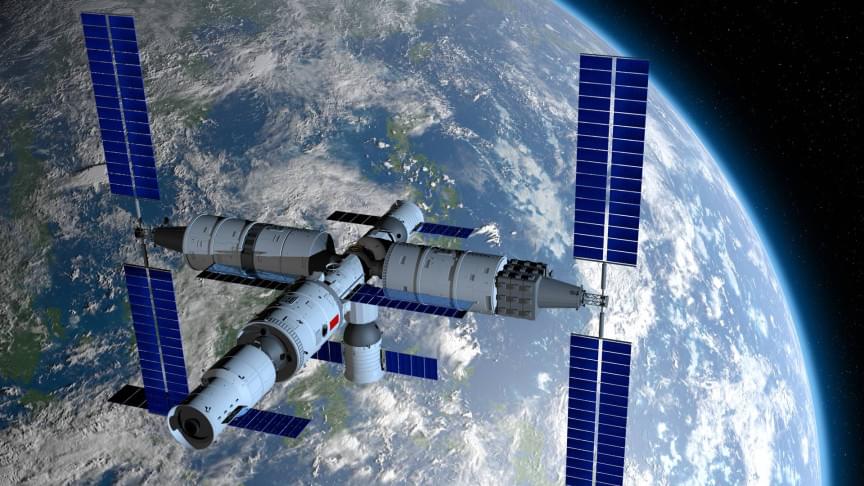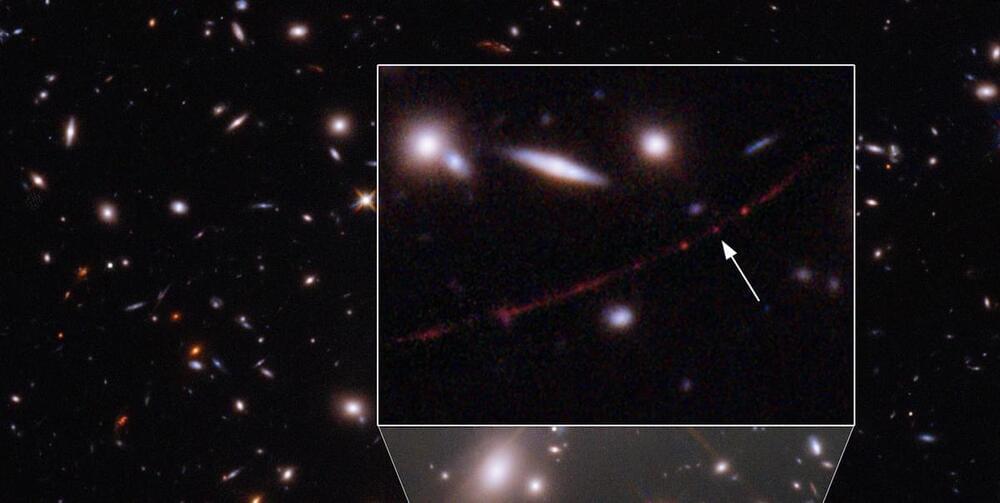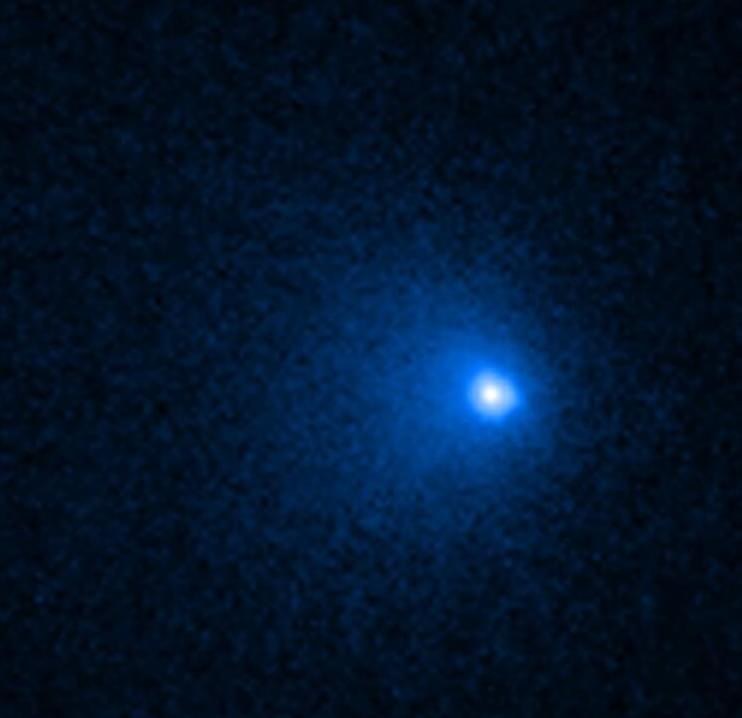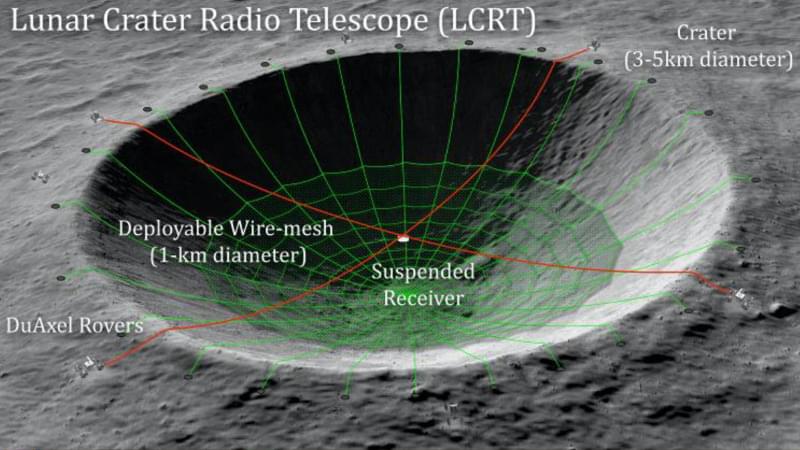Archive for the ‘space’ category: Page 393
Apr 12, 2022
NASA Recently Found the Farthest Star Ever Seen, Thanks to a Ripple of Space-Time
Posted by Shubham Ghosh Roy in category: space
Like something out of a sci-fi movie, the Hubble Space Telescope discovered the most distant star ever seen—through a cosmic fluke.
Nicknamed “Earendel,” the star’s light took 12.9 billion years to reach Earth, and scientists believe it emitted light throughout the first billion years of our universe’s existence. Beside its age, Earendel’s position is also curious. According to NASA, Hubble was able to detect the star thanks to gravitational lensing, a phenomenon in which a massive object (like a galaxy) warps the fabric of space. When light reaches the warped space, it can act like a magnifying glass and highlight objects we’d otherwise have a difficult time seeing.
And that’s how Earendel—whose Old English name is akin to “morning star” or “rising light”—was found (though Tolkien fans will recognize it as a riff on Eärendil, the half-Elven seafarer who carried a Silmaril).
Apr 12, 2022
NASA spots record-breakingly huge comet headed towards us
Posted by Shubham Ghosh Roy in category: space
Vast object is falling towards the middle of the solar system – but will stop before it reaches us.
Apr 12, 2022
At long last, a radio telescope on the moon’s far side
Posted by Alberto Lao in categories: robotics/AI, space
The Lunar Crater Radio Telescope is now moving into Phase 2 of development. It’ll be built by robots, into a natural bowl-shaped crater on the moon’s far side. If completed, it’ll be the largest radio telescope in the solar system.
Apr 11, 2022
New records for most distant planet, star, galaxy
Posted by Future Timeline in category: space
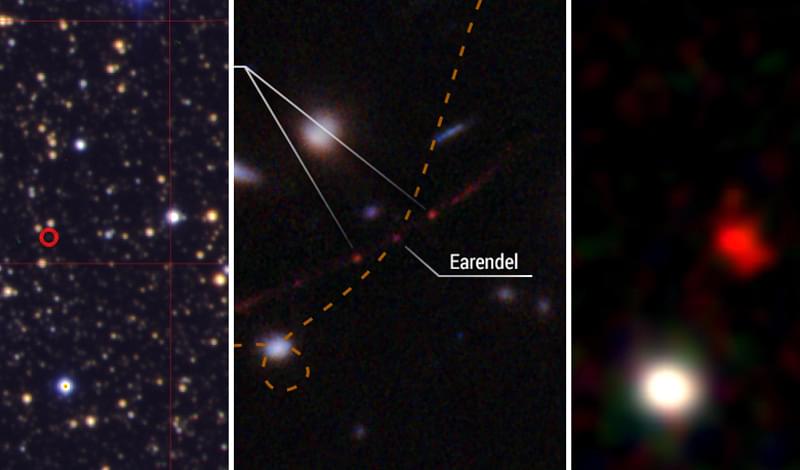
The most distant exoplanet discovered by the Kepler Space Telescope (17,000 ly), the most distant individual star (12.9 billion ly), and the most distant galaxy ever seen (13.5 billion ly) have all been reported.
Apr 11, 2022
Optical vortex crystals for photonic simulations of complex systems
Posted by Liliana Alfair in categories: climatology, nanotechnology, space
The system developed in Milano is robust and it also has the potential to process information encoded in different coupled systems, including far and enormous galaxies. Thanks to these new results, it is now possible to simulate in the lab complex coupled systems, with order altered by stable defects, difficult to be reproduced otherwise since involving ginormous scale, like galaxies, or part of extreme hydrodynamic systems.
Water whirlpools, smoke rings, violent tornados and spiral galaxies are all examples of twists in fluids, although very different each other. Analogous twists, but in the realm of light, have been created by the research group coordinated by Antonio Ambrosio at the IIT-Istituto Italiano di Tecnologia (Italian Institute of Technology), in Milano (Italy). The results, published in the journal Nature Photonics, show the realization of 100 light vortices, coupled to form an ordered structure, a light crystal.
Mutual interaction of light and nanostructured materials is the focus of the research of Antonio Ambrosio, Principal Investigator of the research line Vectorial Nano-imaging at IIT in Milano and grantee of the ERC Consolidator project “METAmorphoses.”
Continue reading “Optical vortex crystals for photonic simulations of complex systems” »
Apr 11, 2022
Cloud server leasing can leave sensitive data up for grabs
Posted by Shubham Ghosh Roy in categories: business, computing, engineering, security, space
Renting space and IP addresses on a public server has become standard business practice, but according to a team of Penn State computer scientists, current industry practices can lead to “cloud squatting,” which can create a security risk, endangering sensitive customer and organization data intended to remain private.
Cloud squatting occurs when a company, such as your bank, leases space and IP addresses—unique addresses that identify individual computers or computer networks—on a public server, uses them, and then releases the space and addresses back to the public server company, a standard pattern seen every day. The public server company, such as Amazon, Google, or Microsoft, then assigns the same addresses to a second company. If this second company is a bad actor, it can receive information coming into the address intended for the original company—for example, when you as a customer unknowingly use an outdated link when interacting with your bank—and use it to its advantage—cloud squatting.
“There are two advantages to leasing server space,” said Eric Pauley, doctoral candidate in computer science and engineering. “One is a cost advantage, saving on equipment and management. The other is scalability. Leasing server space offers an unlimited pool of computing resources so, as workload changes, companies can quickly adapt.” As a result, the use of clouds has grown exponentially, meaning almost every website a user visits takes advantage of cloud computing.
Apr 11, 2022
Directly Imaging Exoplanets with Dr. Thayne Currie
Posted by Alan Jurisson in category: space
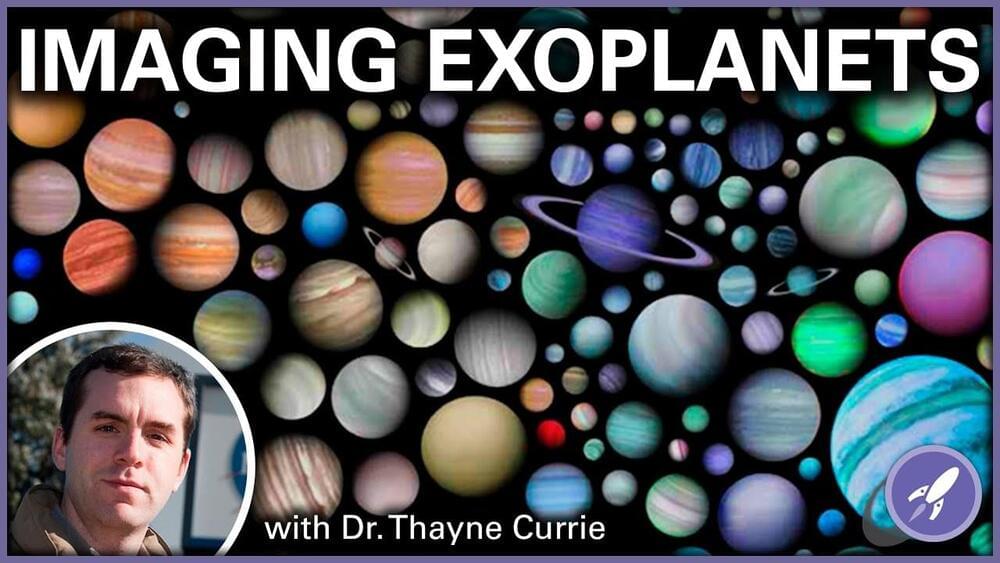
My guest today is Dr. Thayne Currie, an astrophysicist at NASA-Ames Research Center and the Subaru Telescope. Dr. Currie was part of a team that directly imaged a newly-forming planet, providing evidence of another way large planets can form, and could have formed here in the Solar System.
https://subarutelescope.org/staff/currie/
Continue reading “Directly Imaging Exoplanets with Dr. Thayne Currie” »
Apr 11, 2022
Astronomers detect a powerful space laser that is 5 billion light-years away
Posted by Gemechu Taye in category: space
An international team of astronomers led by Dr. Marcin Glowacki, who previously worked at the Inter-University Institute for Data Intensive Astronomy and the University of the Western Cape in South Africa, has made an impressive discovery from 5 billion light-years away, according to a statement released by the institution on Thursday.
Using the MeerKAT telescope in South Africa, the researchers discovered a powerful radio-wave laser, called a ‘megamaser’, that is the most distant megamaser of its kind ever detected. Its light has traveled 58 thousand billion billion (58 followed by 21 zeros) kilometers to Earth.
When galaxies collide…
Continue reading “Astronomers detect a powerful space laser that is 5 billion light-years away” »
Apr 10, 2022
Pulsating Auroras: Like an Outdoor Nightclub
Posted by Genevieve Klien in category: space

NASA ’s citizen science projects are collaborations between scientists and interested members of the public. Through these collaborations, volunteers known as citizen scientists have helped make thousands of important scientific discoveries. Aurorasaurus is one such project that tracks auroras around the world in real time via reports on its website and on Twitter.
Aurorasaurus often partners with other organizations to complement science with citizen science and recently Aurorasauraus partnered with NASA’s Loss through Auroral Microburst Pulsations (LAMP) mission. Early on the morning of Saturday, March 5, 2022, the LAMP mission successfully took flight, flying straight into a pulsating aurora.
